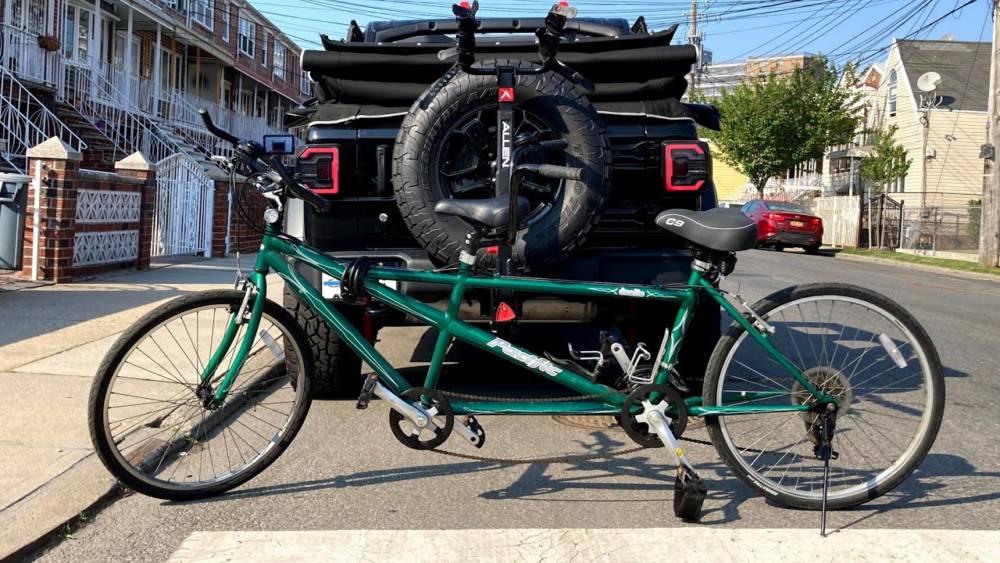If you’re reading this, it’s safe to assume that you’re either planning on removing a roof box from your vehicle or have just had a recent adventure and are now back to the real world. Regardless, we’re here to help you safely and efficiently remove your roof box without causing any damage to your car or your roof box.
Measuring for Fit and Weight Limit
Before discussing how to remove your roof box, let’s talk about the importance of measuring for fit and weight limit. It’s crucial to ensure that your roof box is compatible with your vehicle, that you’re not exceeding the weight limit of your vehicle, and that you’re distributing the weight of the contents inside your roof box evenly. Failing to do so can damage your car, your roof box, and the belongings inside.
Types of Roof Boxes and Recommended Uses
There are different types of roof boxes, including hard and soft shell roof boxes. Hard-shell roof boxes are more durable and secure, while soft-shell roof boxes are lightweight and flexible. Depending on your needs and intended use, one may be better. Hard shell roof boxes are ideal for long trips and securing valuable belongings, while soft shell roof boxes are best suited for lightweight and bulky items.
Securing Belongings and Weight Distribution
Once you have determined the appropriate roof box for your needs and have packed it, it’s important to secure the contents and distribute the weight evenly. This will help maintain the aerodynamic design of your vehicle and prevent any accidents or damage.
Removal Process
Now that we’ve covered the basics let’s talk about how to remove a roof box from your vehicle safely and efficiently.
- Clear the contents of your roof box: Before removing your roof box, it’s important to empty its contents. This will make the roof box lighter and easier to handle, reducing the risk of accidents.
- Locate the mounting system: The mounting system attaches the roof box to your vehicle’s roof rack. Locate the mounting system and make a mental note of its position.
- Remove the mounting system: Loosen and remove the bolts and screws that secure the mounting system to your vehicle’s roof rack. Be sure to keep these bolts and screws safe for future use.
- Lift the roof box: With the mounting system removed, lift the roof box off your vehicle’s roof rack.
- Store the roof box: Store your roof box in a safe and dry place. Be sure to keep it clean and well-maintained, as exposure to the elements can cause damage.
Accessories and Maintenance
Accessories such as locks, tie-downs, and cargo nets can help secure your belongings and prevent damage to your roof box. It’s also important to regularly check and maintain your roof box, including cleaning it and checking for any cracks or damage that may require repair or replacement.
Conclusion
Removing a roof box from your vehicle safely and efficiently is an important process that requires careful consideration and attention to detail. By following the steps outlined in this article and maintaining your roof box, you can ensure that your adventures are both enjoyable and safe.
FAQs
How often should I clean my roof box?
You should clean your roof box after every use to prevent dirt and debris buildup that can cause damage.
Can I use my roof box for storage when it’s not on my vehicle?
Yes, you can use your roof box for storage when it’s not on your vehicle. Just be sure to store it in a dry and safe place to prevent damage.
Can I leave my roof box on my vehicle when it’s not in use?
Yes, you can leave your roof box on your vehicle when it’s not in use. However, it’s important to regularly check and maintain it to prevent damage from exposure to the elements.
Can I install a roof box on a car without a roof rack?
No, you cannot install a roof box on a car without a roof rack. The roof rack provides the necessary support for the weight of the roof box and its contents.
Can I use a roof box for transporting pets?
Yes, you can use a roof box for transporting pets. However, be sure to secure them properly and provide adequate ventilation and comfort.






